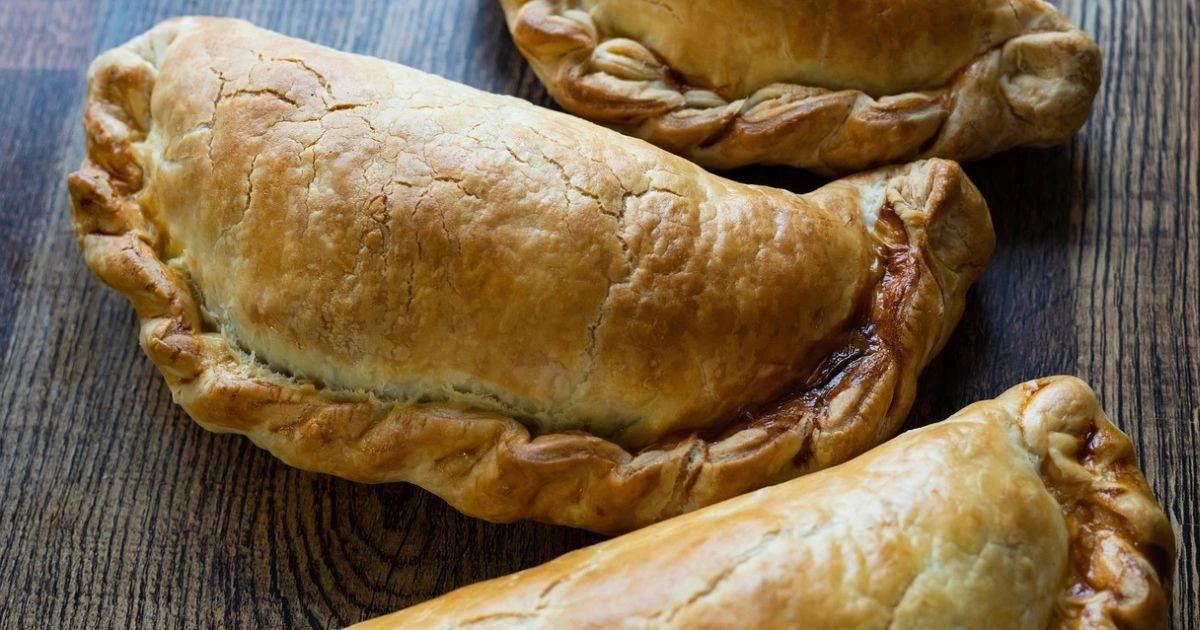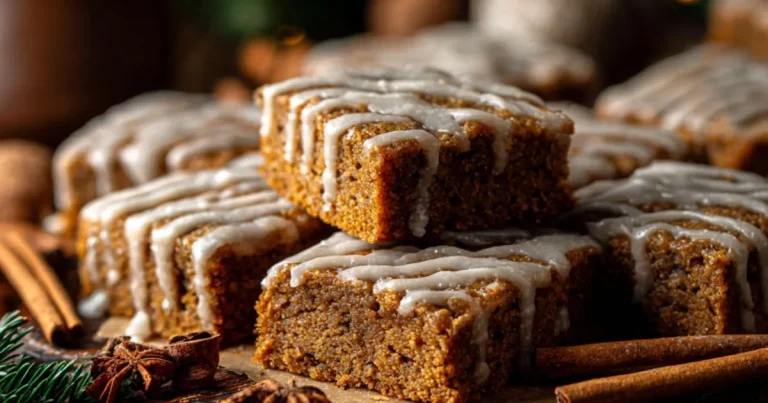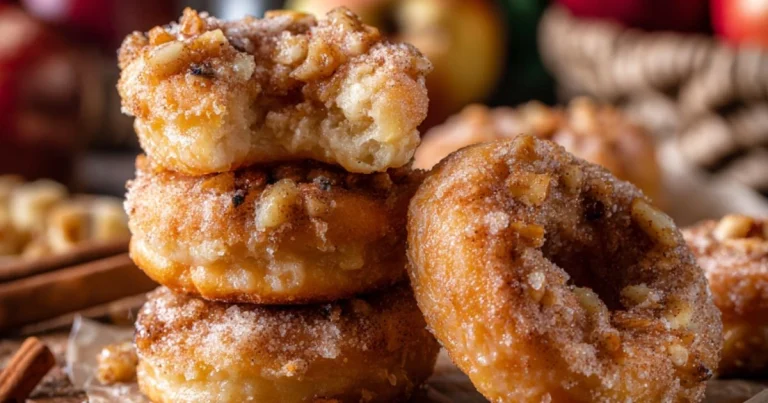Empanada Dough Recipe
Making the perfect empanada dough is the key to crafting delicious, flaky empanadas. Whether you’re preparing them for a party or enjoying them as a homemade treat, the dough can make all the difference. This guide walks you through everything you need to know, from the essential ingredients to tips for the perfect texture.
Introduction to Empanada Dough
Empanadas are beloved around the world, with their crispy, golden crust and variety of delicious fillings. The secret to their amazing taste lies in the dough, which should be light, flaky, and slightly crispy when baked or fried.
The dough serves as the perfect base for both savory and sweet fillings, such as seasoned meats, vegetables, or even fruits. To master the art of making empanada dough, it’s essential to get the basics right. Let’s dive into the ingredients and step-by-step process.
Ingredients for Empanada Dough
The beauty of empanada dough lies in its simplicity. To create the perfect dough, you only need a handful of basic ingredients that come together to form a light, flaky texture. Here’s a breakdown of what you’ll need:
- Flour – All-purpose flour is the most common choice for empanada dough. It provides a good balance of structure and tenderness. If you prefer a more rustic dough, you can substitute some or all of the flour with whole wheat flour for added texture and a nutty flavor.
- Fat – The fat you choose plays a crucial role in the dough’s flakiness. Traditional recipes call for butter or lard, which give the dough a rich, tender crumb. Butter adds a slightly buttery flavor, while lard creates a more delicate, flaky texture. You can also use vegetable oil or shortening if you prefer a lighter, dairy-free option.
- Salt – A pinch of salt is essential for flavor balance. It enhances the overall taste of the dough and helps bring out the sweetness in any fillings.
- Cold Water – Cold water is key to achieving the right dough consistency. It helps keep the fat from melting too quickly and ensures a tender, flaky texture once the dough is baked or fried. The water should be ice-cold to maximize flakiness.
- Optional Ingredients – Some recipes call for a small amount of vinegar to help tenderize the dough, while others use an egg for added richness. Both ingredients are optional but can enhance the texture and flavor of the dough.
By using these simple ingredients, you can create the perfect base for empanadas, ready to be filled with a variety of delicious fillings.
For more on making perfect pastry dough, check out the Serious Eats guide.
Step-by-Step Empanada Dough Recipe
Making the perfect empanada dough is easier than you might think. Follow this step-by-step guide, and you’ll have a batch of dough that’s flaky, tender, and ready for your favorite fillings. Let’s dive into the process!
1. Mix the Dry Ingredients
Start by combining the dry ingredients in a large mixing bowl. Measure out 2 ½ cups of all-purpose flour and add 1 teaspoon of salt. The flour will form the structure of your dough, while the salt adds essential flavor. Whisk the dry ingredients together to ensure they are evenly distributed.
2. Incorporate the Fat
Next, add ½ cup of cold butter or lard to the flour mixture. The fat should be chilled before use, as this helps achieve a flaky texture. Cut the butter or lard into small cubes and add it to the bowl. Using a pastry cutter, fork, or your fingertips, work the fat into the flour until the mixture resembles coarse crumbs or small pea-sized clumps. The key here is to keep the fat cold—this is what helps create a flaky, tender dough.
If you’re using a food processor, pulse the mixture a few times until it reaches the desired texture.
3. Add the Cold Water
Slowly add ¼ cup of ice-cold water to the flour and fat mixture, one tablespoon at a time. Stir gently with a spoon or your hands as you go. You may need more water depending on the humidity and the type of flour you use, so feel free to adjust. The goal is to form a dough that holds together without being too sticky.
If you want to add a bit of richness, you can also incorporate 1 tablespoon of vinegar or an egg at this stage. The vinegar adds flakiness to the dough, and the egg adds a smooth texture and golden color when baked.
4. Knead the Dough
Once the dough begins to come together, turn it out onto a clean, lightly floured surface. Gently knead the dough for about 2-3 minutes. Be careful not to overwork it. Kneading just enough helps ensure the dough is smooth without becoming tough. If the dough feels too sticky, dust it lightly with more flour. If it’s too dry, add a few more drops of cold water.
5. Rest the Dough
After kneading, form the dough into a ball and wrap it in plastic wrap. Let it rest in the refrigerator for at least 30 minutes. This resting time is essential because it helps the gluten relax, making the dough easier to roll out and preventing it from shrinking when you bake or fry it.
If you’re not using the dough right away, you can store it in the fridge for up to 2 days, or freeze it for longer storage.
6. Roll Out the Dough
Once the dough has rested, remove it from the refrigerator. On a floured surface, roll the dough out to about 1/8-inch thickness. Use a rolling pin to roll it evenly, turning the dough occasionally to prevent sticking. Aim for a smooth, even surface.
If you don’t have a rolling pin, you can use a clean bottle or any cylindrical object.
7. Cut the Dough Circles
Using a round cutter (a glass or bowl works fine), cut the dough into 4-6 inch circles. You’ll need two circles per empanada. Carefully gather any dough scraps, re-roll them, and continue cutting circles until all the dough is used up.
8. Fill and Seal the Empanadas
Now it’s time to fill the dough. Place a spoonful of your favorite filling in the center of each dough circle, leaving a small border around the edges. Fold the dough over to form a half-moon shape, then pinch the edges together to seal. You can use a fork to crimp the edges for a decorative touch and extra seal.
9. Bake or Fry the Empanadas
At this point, your empanadas are ready to be cooked! You can either bake or fry them.
- To bake: Preheat your oven to 375°F (190°C). Place the empanadas on a baking sheet lined with parchment paper. Brush the tops with an egg wash (optional, for a golden finish) and bake for 20-25 minutes or until golden and crispy.
- To fry: Heat a few inches of oil in a deep pan over medium-high heat. Once the oil is hot, fry the empanadas for 3-4 minutes on each side or until golden brown. Remove them from the oil and drain on paper towels.
By following these simple steps, you’ll have a batch of empanada dough that’s perfect every time. Whether you bake or fry your empanadas, the dough will come out crispy on the outside and tender on the inside, ready to be filled with your favorite ingredients.
For a deeper dive into freezing dough, check out The Kitchn guide to freezing dough. Freezing the dough is a great option if you want to prepare it in advance.
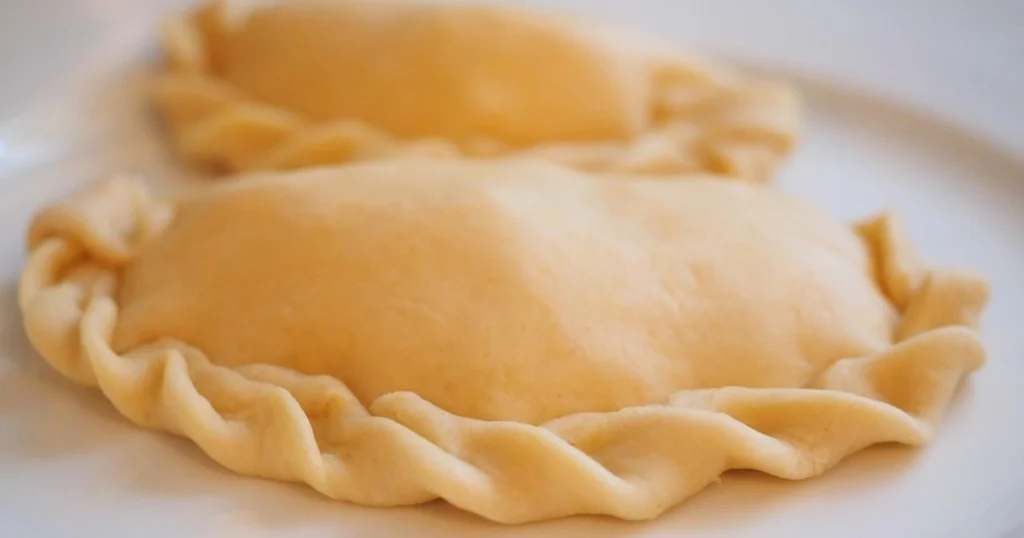
Common Mistakes to Avoid When Making Empanada Dough
Even the best recipes can go wrong if you make common mistakes. Here are some tips to avoid:
- Overworking the Dough: Over-kneading can cause the dough to become tough, rather than light and flaky. Only knead until the dough comes together.
- Wrong Type of Fat: Using an incorrect fat, like oil instead of butter or lard, can affect the texture of the dough.
- Skipping the Resting Period: Resting the dough helps it to relax and reduces the chances of it shrinking when baked. Don’t rush this step!
Variations of Empanada Dough
Depending on your preferences or dietary needs, you can adjust the recipe to suit your taste.
- Gluten-Free Dough: If you’re gluten-intolerant, you can swap regular flour for a gluten-free flour blend. The texture may differ, but it will still be delicious.
- Whole Wheat Flour: For a more earthy flavor and added fiber, try using whole wheat flour instead of all-purpose flour.
- Regional Variations: Different regions have different styles of dough. For example, Argentine empanadas often feature a rich, buttery dough, while Mexican versions may use corn flour for a more rustic result.
Tips for Perfect Empanada Dough Every Time
To achieve perfect empanada dough consistently, follow these tips:
- Chill Your Ingredients: Always use chilled fat and cold water to ensure the dough turns out flaky.
- Don’t Overfill the Empanadas: When adding your filling, make sure not to overstuff. Too much filling will cause the dough to tear or prevent it from sealing properly.
- Bake or Fry?: The method you choose will affect the texture of the dough. For crispy empanadas, frying is your best bet, but baking is a healthier option. Adjust the dough thickness accordingly.
How to Store and Freeze Empanada Dough
Sometimes, making dough ahead of time is the best option. Here’s how to store and freeze it:
- Storage: Wrap the dough tightly in plastic wrap and store it in the refrigerator for up to 2 days.
- Freezing: If you want to store dough for longer, freeze it in an airtight container for up to 3 months. Be sure to thaw it completely in the fridge before using.
Frequently Asked Questions About Empanada Dough
- Can I Make the Dough Ahead of Time?
Yes! You can make the dough the day before and store it in the refrigerator. - What’s the Best Flour for Empanada Dough?
All-purpose flour works great, but whole wheat flour can add a nutty flavor and extra nutrients. - Can I Use Store-Bought Dough?
While homemade dough is always the best for empanadas, store-bought dough can be a convenient option when you’re short on time. - Can I Make Empanada Dough Without Lard or Butter?
Yes! You can use vegetable oil as a substitute, but your dough may not be as flaky. - How Thin Should the Dough Be Rolled Out?
Roll the dough to about 1/8-inch thickness for the perfect balance of crispness and tenderness.
Conclusion: Mastering Empanada Dough
Mastering the art of making empanada dough is an essential skill for any home cook who loves Latin cuisine. With these easy steps, common tips, and variations, you’ll soon be preparing empanadas like a pro. Don’t be afraid to experiment with different flours and fillings—there’s no wrong way to enjoy this beloved dish!
If you like more appetizer or snack recipes discover our recipe for Homemade Jelly Donuts
For more details discover Empanada Dough Recipe
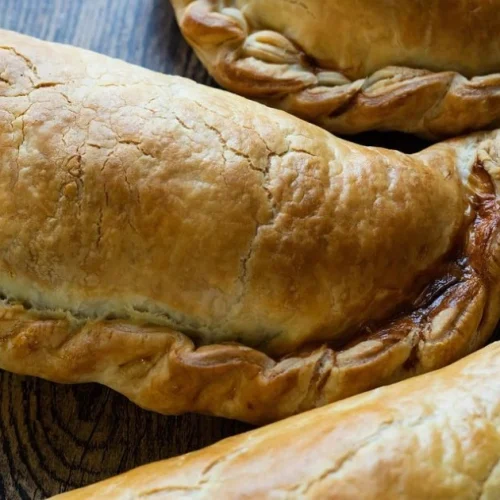
Empanada Dough Recipe
Ingredients
- 2 ½ cups all-purpose flour
- 1 tsp salt
- ½ cup butter or lard, chilled
- ¼ cup cold water (more if needed)
- 1 tbsp vinegar (optional, for flakiness)
Instructions
- Mix flour and salt.
- Cut in the chilled fat until crumbly.
- Slowly add cold water and knead until dough forms.
- Wrap and chill dough for 30 minutes.
- Roll out, cut into circles, and fill.
Notes
- Chill your ingredients for best results.
- Dough can be made ahead and frozen.
- Resting the dough ensures it’s tender and flaky.

